Is there still a place for porcelain dolls?
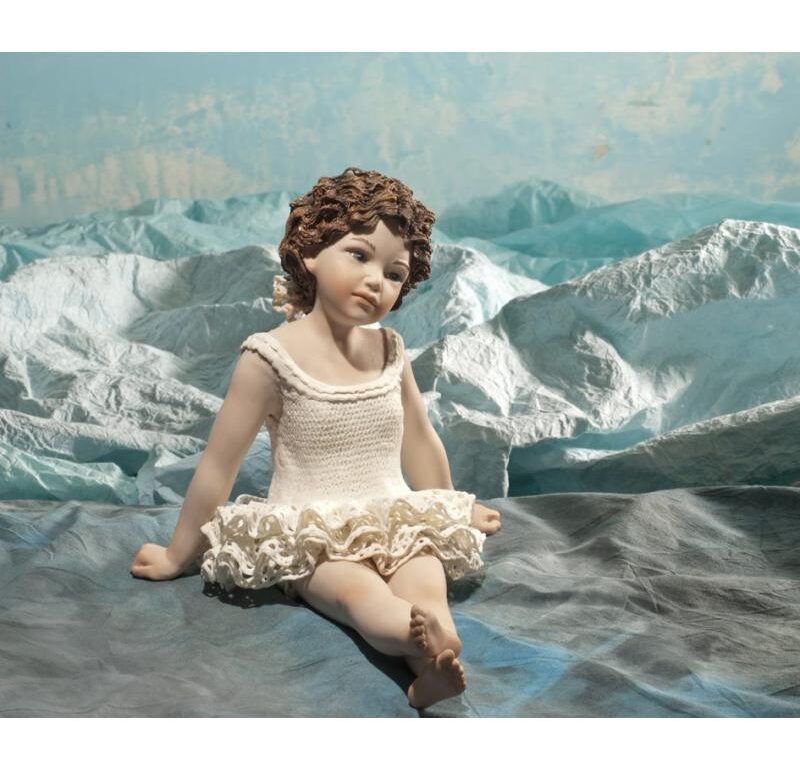
The first porcelain dolls are works of art created in the 19th century and remain valuable masterpieces for collectors to this day. The most prized are those produced by renowned manufacturers, crafting unique pieces inspired by human beauty, finished with one of the most precious ceramics—porcelain. In the past, they served not only as elements of play but also as faithful reflections of the trends of their era. Miniatures of human figures have been known since antiquity, though their functions have varied. They reflect spiritual and cultural needs in depicting higher powers and humanity, and also serve entertainment, decorative, and educational purposes.
Dolls are a timeless element of human creativity and a reflection of current societal aspirations and conventions, fulfilling aesthetic, emotional, psychological, and social needs. Porcelain creations are prestigious masterpieces, appreciated by enthusiasts, hobbyists, artists, aesthetes, investors, and dollmakers. With technological advancement, porcelain dolls have lost popularity among some segments of society. On the other hand, handcrafted items are gaining value, and those fascinated by the uniqueness of these dolls believe they are inanimate objects with a soul, enclosed in porcelain. For some owners, they are family members, passed down through generations. And today, they make a perfect gift.
The history of dolls
In ancient times, they served a cultic function; during the Christian era, they depicted Jesus with Mary and the saints, and in the 16th century, secular dolls appeared. The first dolls were made from fabrics and wood; around 1800, wax began to be added, giving them a more lifelike appearance. As we know, wax is sensitive to heat, so over time it was replaced with papier-mâché, while porcelain started being used around 1830.
The doll, as one of the oldest toys, has appeared in many roles and, representing a human figure, has served various functions: as a child’s toy, a tool for magic, an amulet, a fetish, a trinket adorning bourgeois salons, as well as a display model and mannequin in fashion theater. From around 1900 until the 1950s, celluloid was used to produce dolls, and over time it was replaced by vinyl and plastic, from which the famous Barbie was made. The creator of the first Barbie doll was Ruth Harzdler. It appeared on the Polish market 30 years later, in the 1980s, in Pewex-type stores.
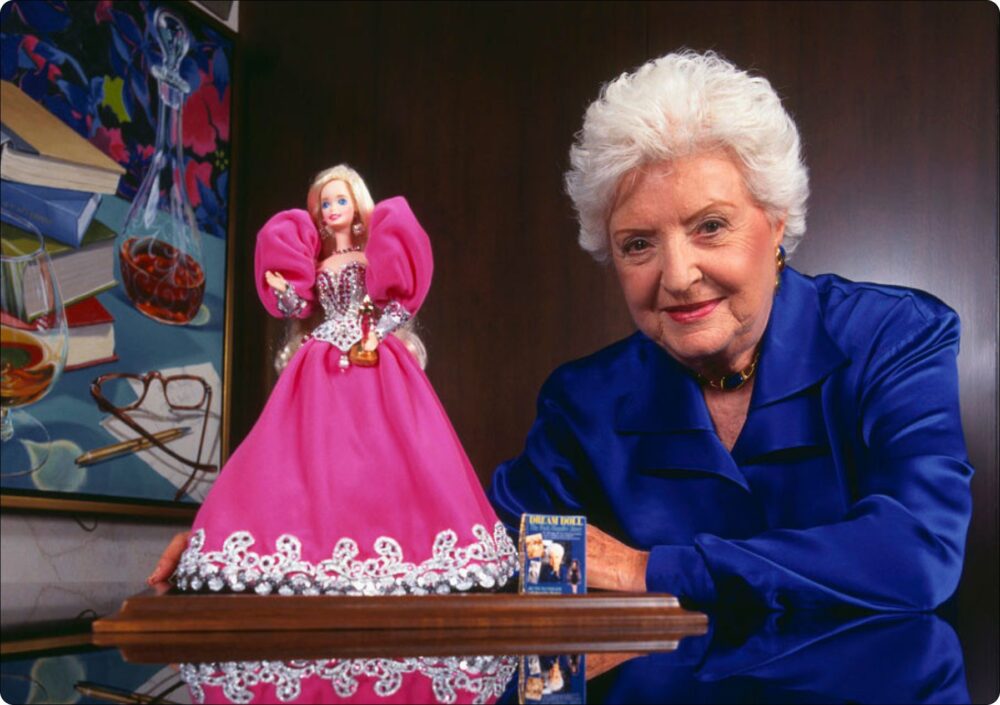
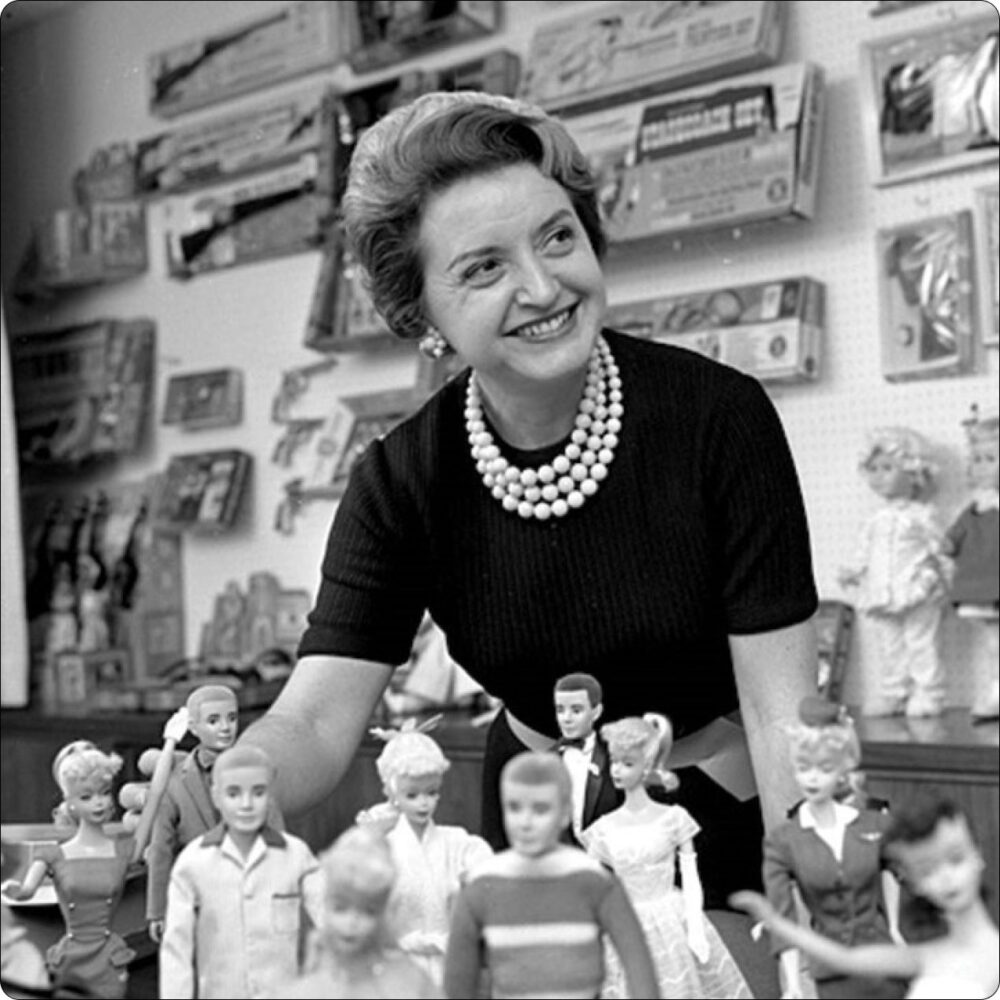
Handmade porcelain dolls produced in small batches were marked with a company logo or the producer’s name. The most famous German manufacturer of porcelain dolls traveled throughout Europe before settling down and purchasing a toy factory in Sonneberg (Thuringia) and a porcelain factory in 1885. The first anchor hallmark was registered in 1893 (an anchor and the letters AM in a circle). The hallmark with the letter W indicated a doll’s head made especially for Louis Wolfe, a company based in Sonneberg with branches in Boston and New York, which distributed German and American dolls in the U.S.A. In 1910, a hallmark with a stylized anchor combined with the letters AM was registered, and around 1920, a hallmark with a more formal anchor and the letters AM on either side or above it appeared.
Porcelain doll collections
Today, porcelain dolls are seen as icons of a bygone era, yet they still have a devoted following and retain their aesthetic and collectible value as prestigious works of art. Over the years, dolls have gained a group of passionate enthusiasts willing to pay several thousand dollars for them. Their beauty is not the only motivation for purchase, as their prices can later increase tenfold, making dolls an exceptionally good investment.
Among the most sought-after and expensive dolls in the world are Zawieruszyński dolls. Not long ago, a record sale of one of these dolls was reported in Moscow for $35,000. The dolls created by the Zawieruszyński couple have become a form of investment—although new models are hard to come by, they are certainly a solid long-term investment. Purchasing porcelain dolls is considered to be in the same league as investing in whisky, vintage cars, or comic book boards. The dolls are crafted in Minnesota, but their story began in Stalowa Wola. Zawieruszyński is a brand with tradition, meticulously overseen and handcrafted by the couple themselves.
Henryka and Zofia, who sculpt and sew clothes for their dolls. They come up with the names together, such as Natalia, Anulka, Celestyna, Apolonia. In addition to porcelain, Natalie Apolonie are also made from other materials like wood or PVC. Their creations have already won over 100 awards and can be found in every corner of the world. The competition is fierce, with companies mainly from Europe—Germany, England, Italy, and Spain—producing similar dolls. Outside the USA, these are the largest markets, and recently collectors from Russia have been gaining importance. Some of them are passionate about porcelain dolls, often Hollywood stars or investors.
The market is becoming increasingly segmented, with various fashions, trends, and innovations emerging, and the “Zawieruszyński” brand made its mark in the 1990s, riding the wave of popularity for Eastern European products—even though they were created from scratch in the USA. Today, there are cheap dolls from China and counterfeits for people with smaller budgets but a desire to own a unique doll. The global price record for a porcelain doll exceeds 6 million; it belongs to a 200-year-old doll, the mechanical “Birdcatcher,” which can even play the flute.
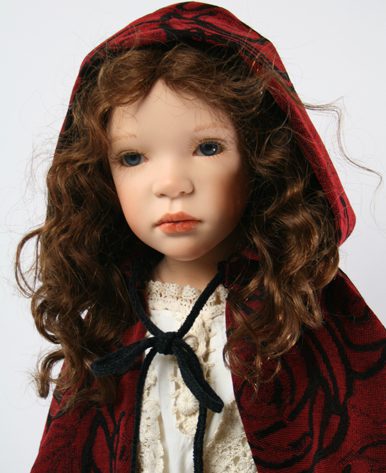
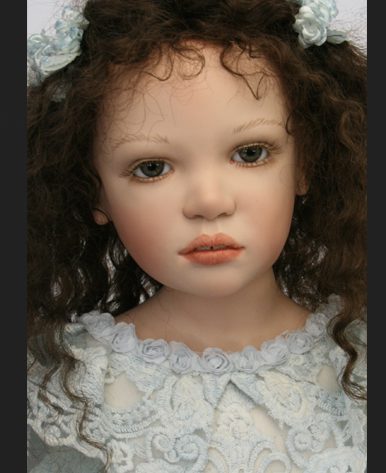

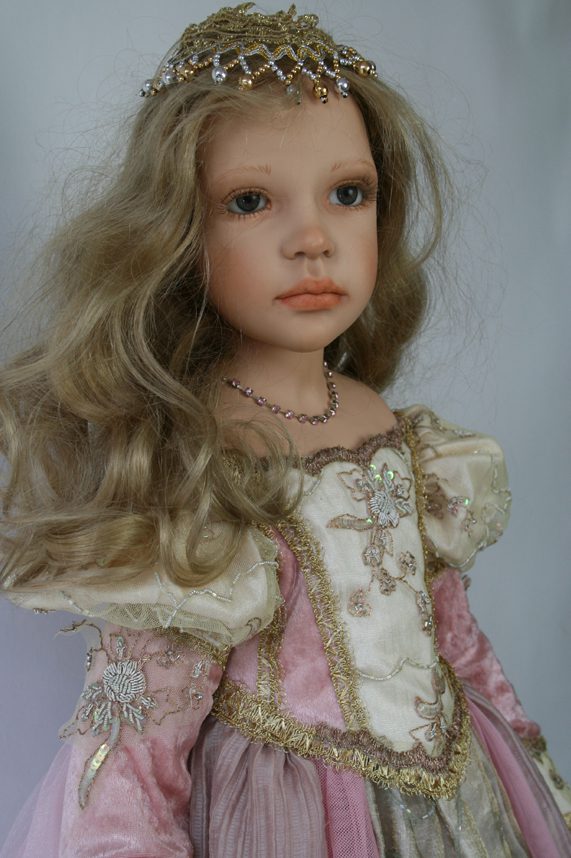
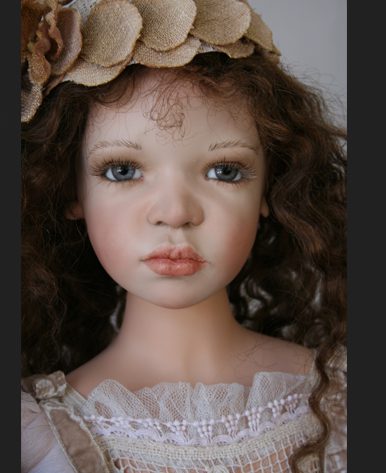
Fashion canons
Fashion has always been the element of culture most closely linked to customs, and mannequins as well as dolls have become its faithful reflection. People began to pay attention to elegant outfits for dolls, often very exquisite and in line with current trends. The doll’s attire served as a model, showcasing the prevailing fashion of the time—dresses and patterns were meticulously recreated according to the trends of each era.
The significant role of dolls in fashion was embraced due to the absence of the modeling profession. In the past, outfits were not showcased on living people but rather on dolls, which became an integral part of the fashion world. The origins of this practice date back to the 14th century, when dolls were used to convey news about fashionable clothing and hairstyles. Dolls served as the equivalent of today’s fashion magazines; instead of being toys, they played a supporting role in spreading information about changes in fashion, acting both as models and as three-dimensional fashion plates.
In later centuries, model dolls began to be called “pandoras.” In English-language fashion history literature, these types of dolls are most often referred to as fashion dolls, while in German and French, they are known as modepuppen and les poupées de mode, respectively. Despite objections from some Polish linguists, the term “lalki modowe” has become widespread among collectors and is commonly used in everyday language. The category of fashion dolls includes not only the historical “pandoras,” but also nineteenth-century porcelain dolls in fashionable outfits, as well as the latest incarnation of the model doll: Barbie.
Porcelain beauty
Porcelain, considered one of the most noble materials, traces its origins back to the 7th century in China. Tableware, vases, and figurines were crafted from so-called “sandy porcelain.” From China, porcelain was brought to Japan, where traditional tea was served in ceramic cups. A hundred years later, products made from kaolin clay mixed with quartz and feldspar were brought to Europe by merchants.
It has been documented that the country first succeeded in producing porcelain in the year 620, and a small group of manufacturers kept the composition of these prized goods and the method of porcelain production a closely guarded secret. It was not until 1708 that Ehrenfried Walther von Tschirnhaus produced, and in 1709 officially announced, the invention of European porcelain. The first white porcelain factory was established in Meissen, where the renowned German artist Horold decorated porcelain pieces with Meissen paints.
The art of decorating porcelain evolved to such an extent that, over time, it began to serve not only a practical purpose but also a decorative one. The golden age of porcelain in Europe came in the 18th century, thanks to royal and princely patronage.
Known as white gold, porcelain became an exclusive product. It was so precious that a single porcelain trinket could be worth as much as a village. People believed it had magical properties—for example, that vessels made from it would shatter if filled with poison. Monarchs and the bourgeoisie, eager to protect themselves from death, sought after porcelain pitchers and goblets.
Today, porcelain is decorated both by hand and by machine. Laser-decorated pieces are more affordable and widely available, and the market offers a variety of white ceramic sets as well as individual porcelain trinkets. From this material, developed hundreds of years ago, people create dinner and coffee sets, figurines, vases, jewelry boxes, dolls, and jewelry.
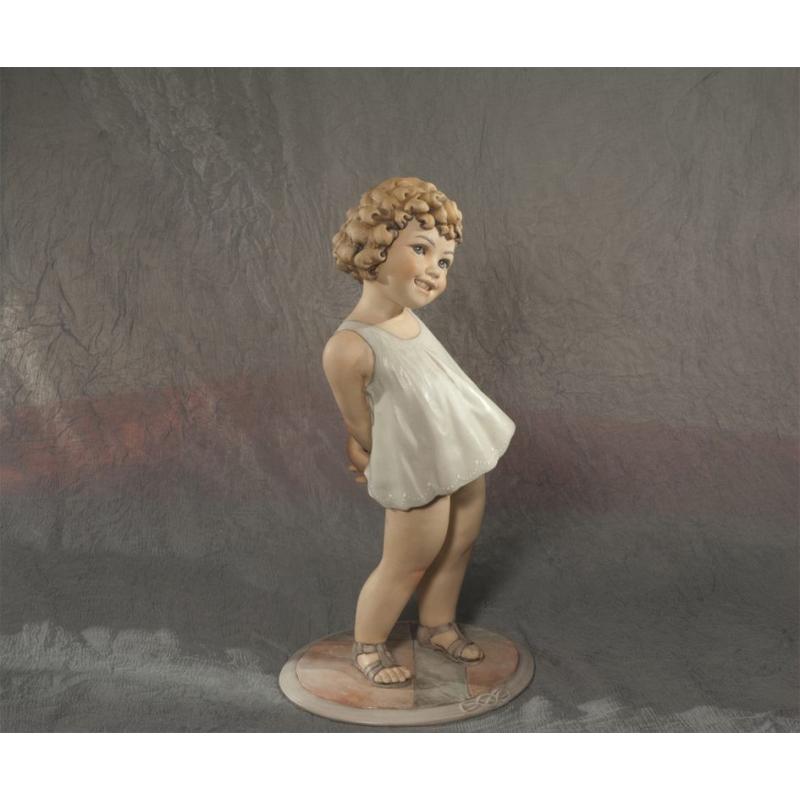

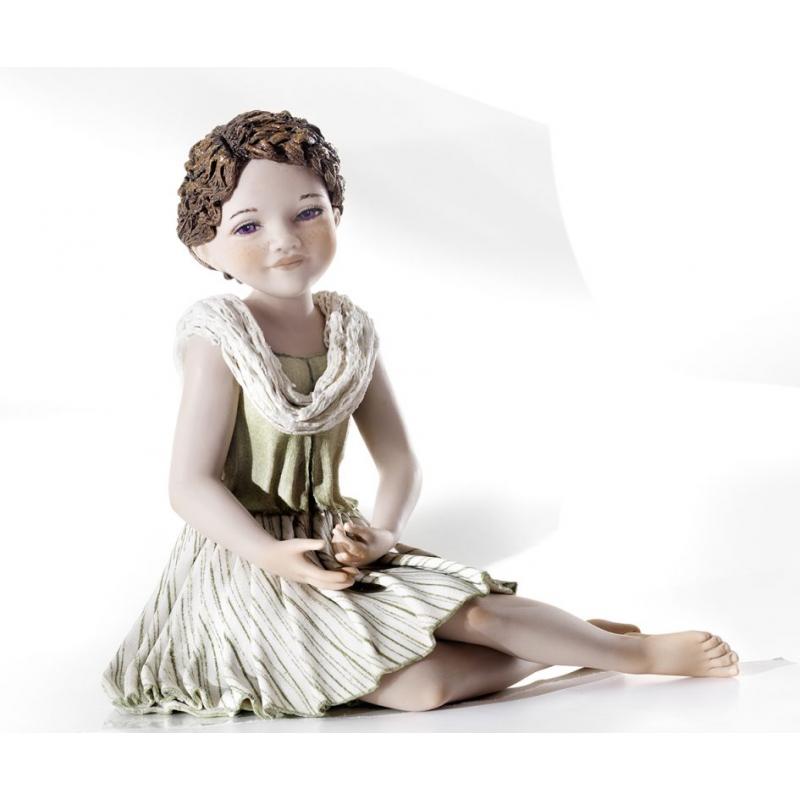
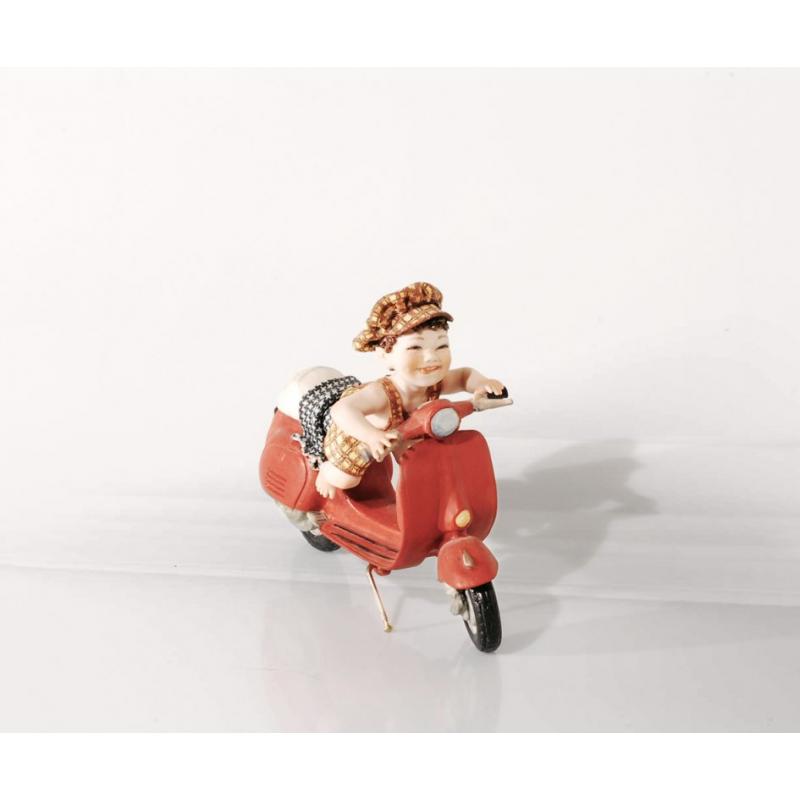
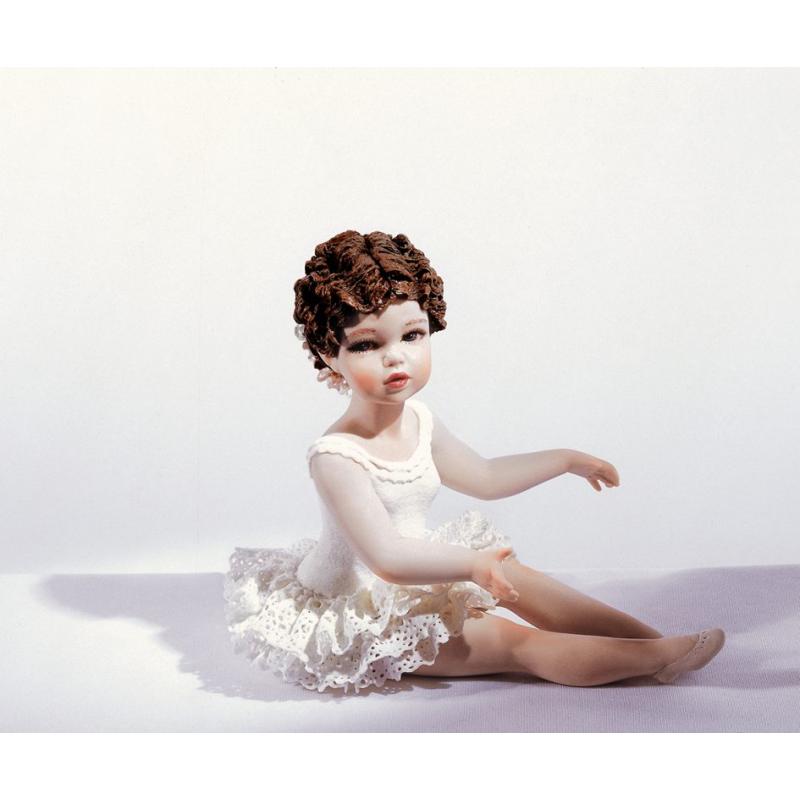
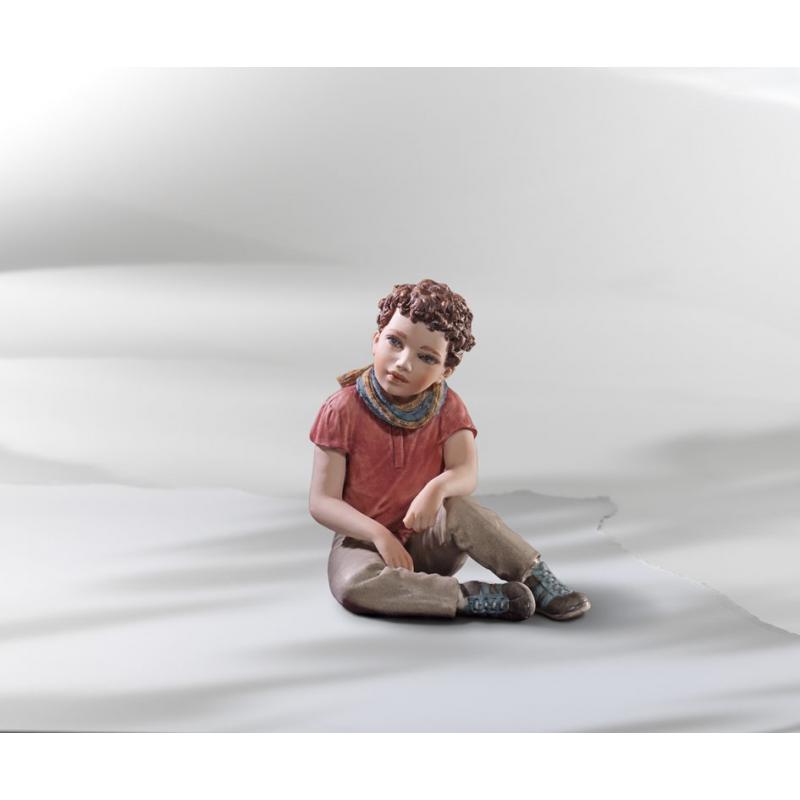
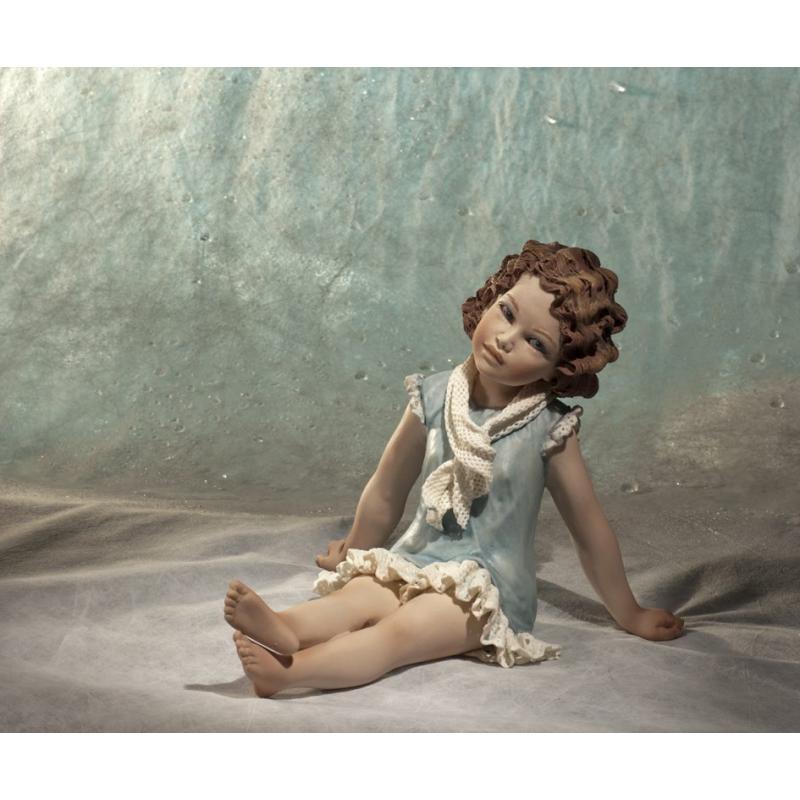
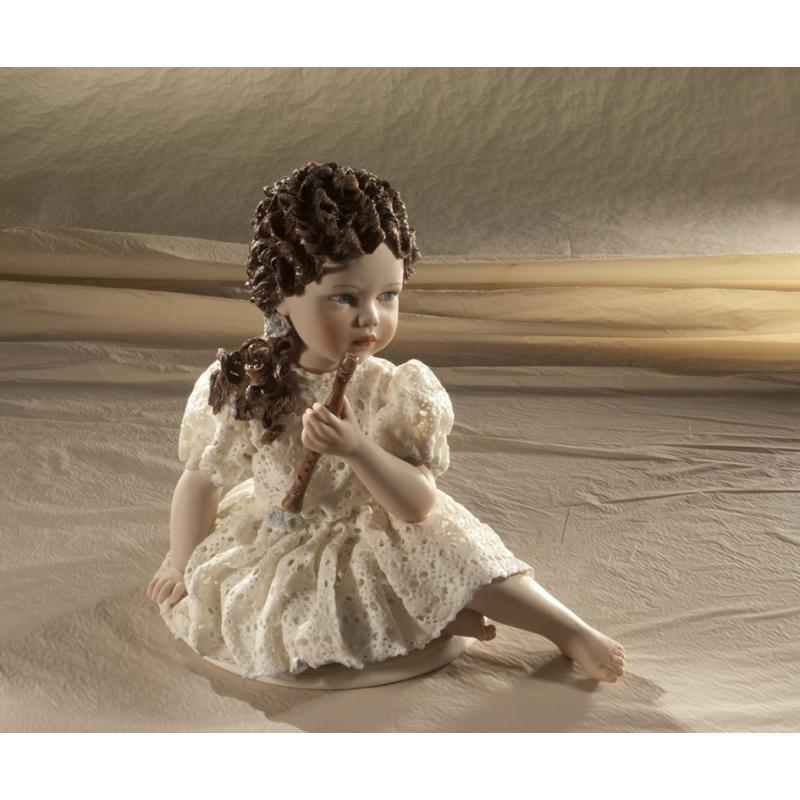
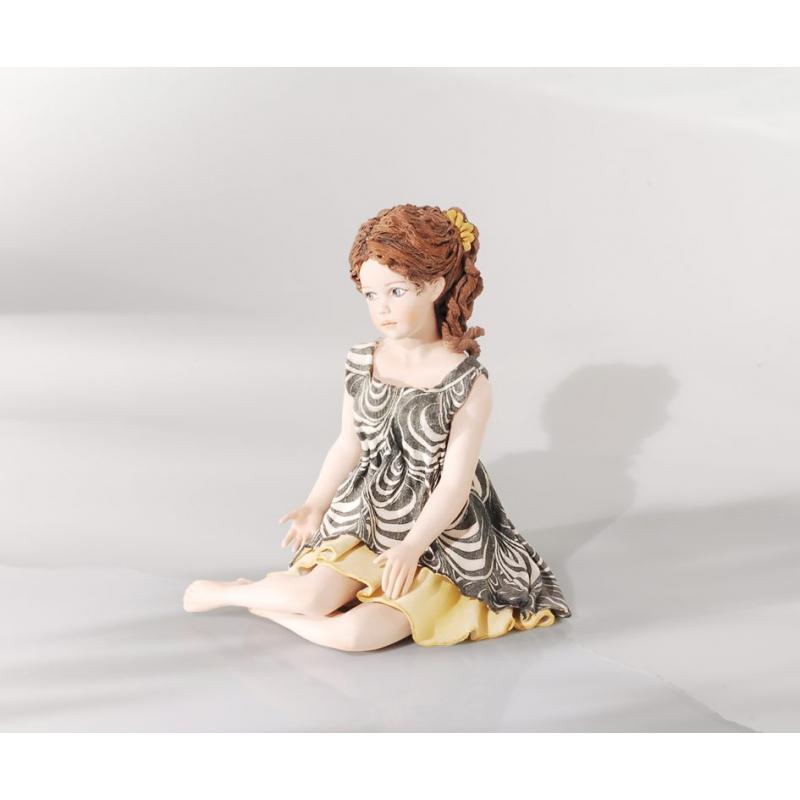
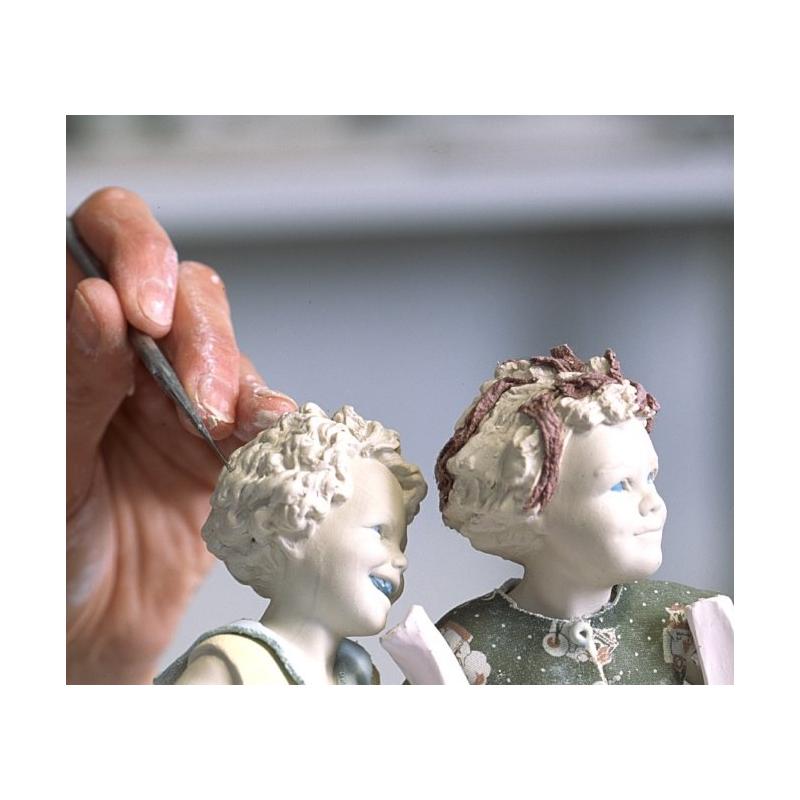
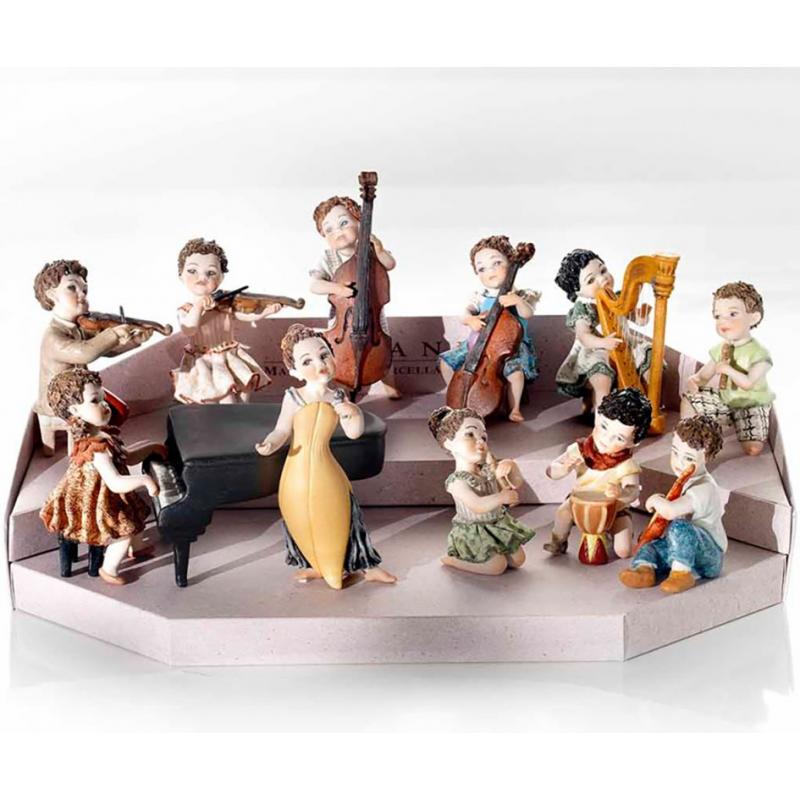
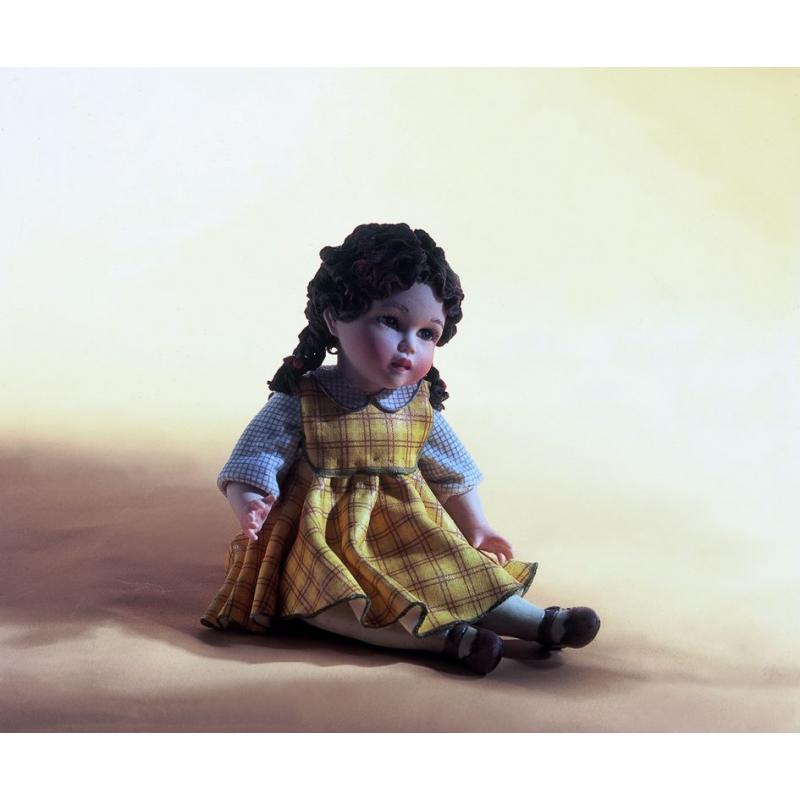
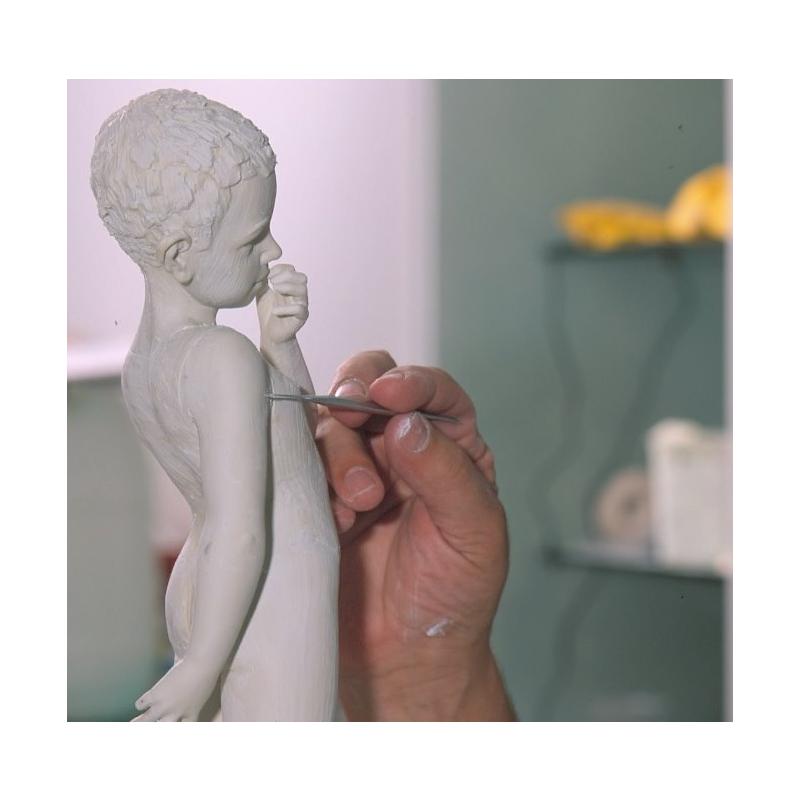
Technology vs porcelain
Apart from its important role as a doll model, it used to be a permanent element of home décor and companionship, as girls and young women played with it until marriage, regardless of the age at which they wed. Upon marriage, the doll was either given to a close family member or kept in storage. This marked a kind of rite of passage from childhood and play to adulthood.
Civilizational and cultural changes have also permeated the world of dolls; it is becoming increasingly rare to see a little girl walking down the street with a doll stroller, or dolls resembling ordinary people—now they look more like movie ideals or idols. Even the way children play is shifting toward digital and virtual experiences. In this era of technological advancement, dolls have been replaced by robots that can perform household, security, and even partnership or matrimonial duties. Fashion has been dominated by people or holograms, and in the domestic sphere, it sometimes happens that robots in the form of dolls replace humans.
Children’s miniatures, on the other hand, are almost indistinguishable from real people and come equipped with life-like functions. In the era of robotics and digitalization, technology has become an inseparable part of every aspect of civilization, and the world of dolls is no exception. Porcelain is being replaced by materials that closely mimic human skin, while the soul of the doll masterpiece is now artificial intelligence capable of performing any programmed task. The world is relentlessly moving in a new direction, and doll production is adapting accordingly. However, given the human need for beauty, porcelain dolls will always have their admirers who appreciate their aesthetic, timeless soul.



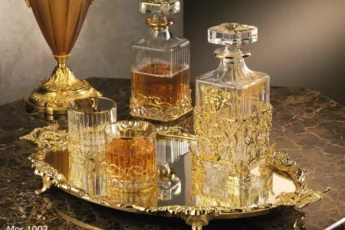


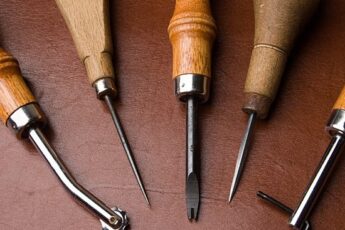

Leave a Comment